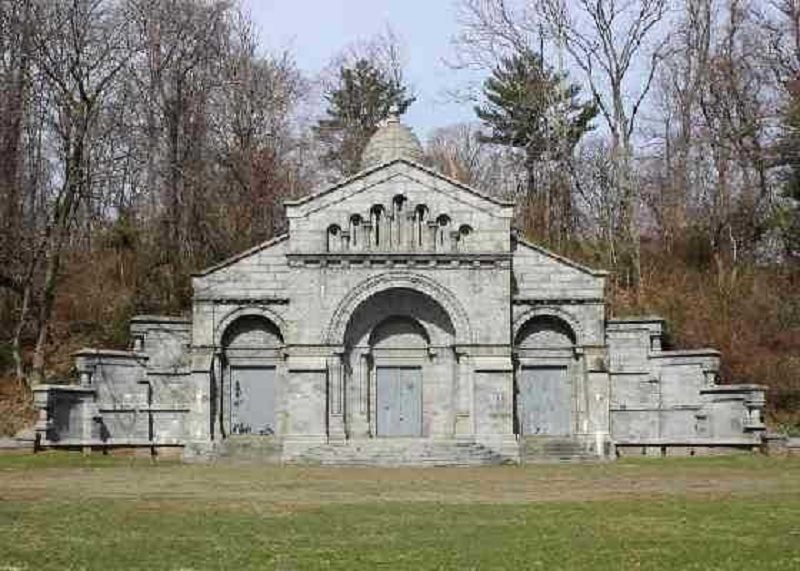How Well Do You Know Staten Island Landmarks?
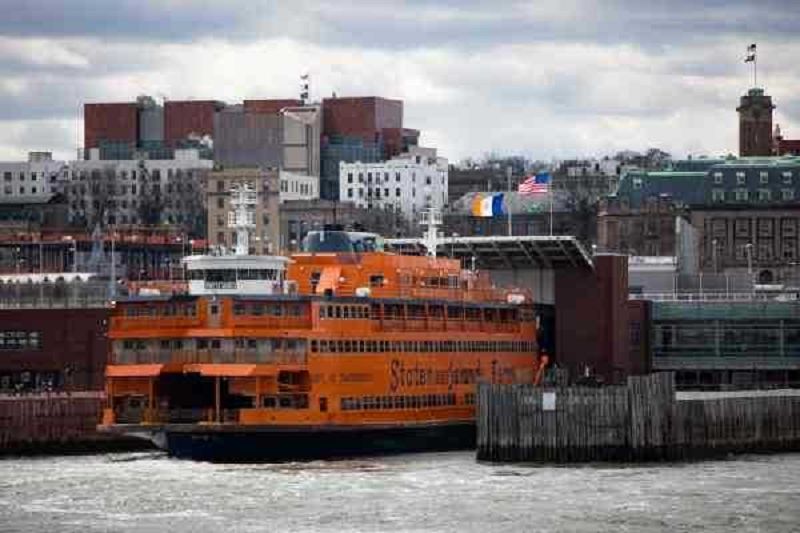
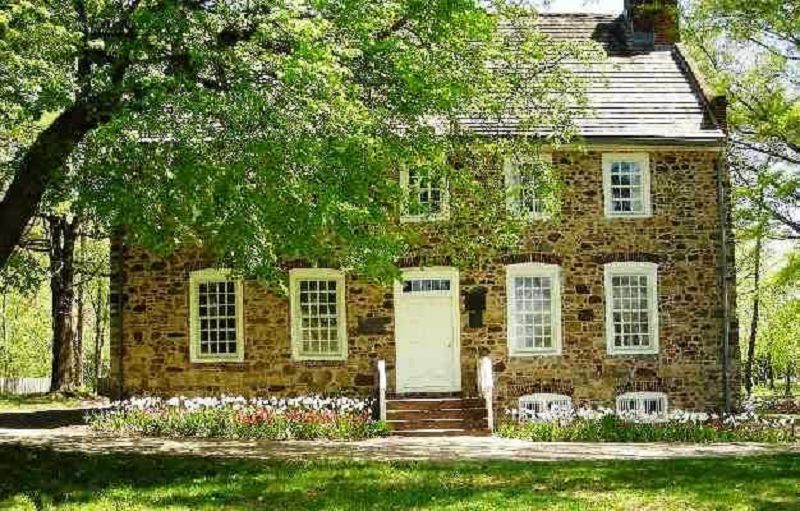
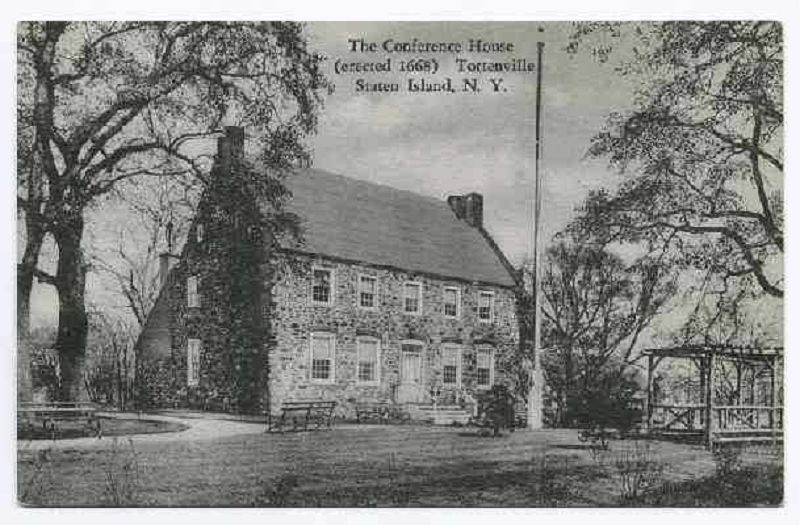
Conference House, so named for the meeting in 1776, was built by Christopher Billopp ca. 1680, nearly a century earlier. A restoration effort undertaken in the 1920s and 1930s led to it becoming a museum. The Historic House Trust site is located in the fittingly named Conference House Park.
Conference House, so named for the meeting in 1776, was built by Christopher Billopp ca. 1680, nearly a century earlier. A restoration effort undertaken in the 1920s and 1930s led to it becoming a museum. The Historic House Trust site is located in the fittingly named Conference House Park.
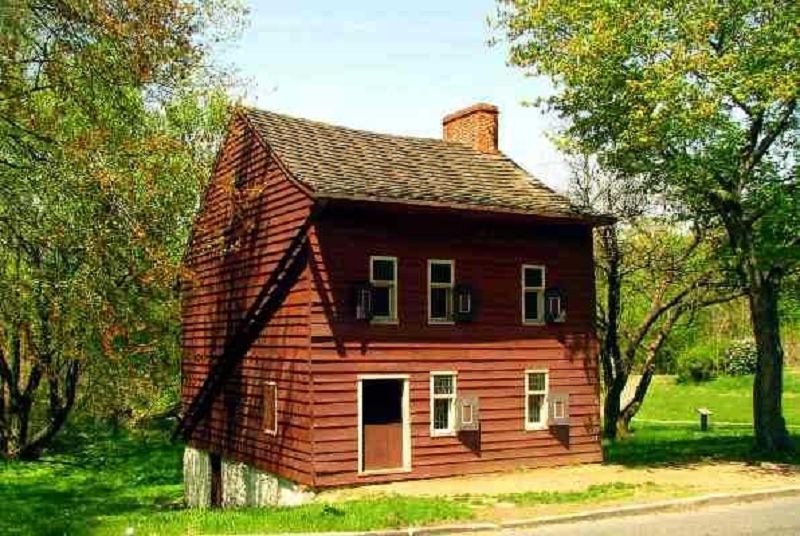
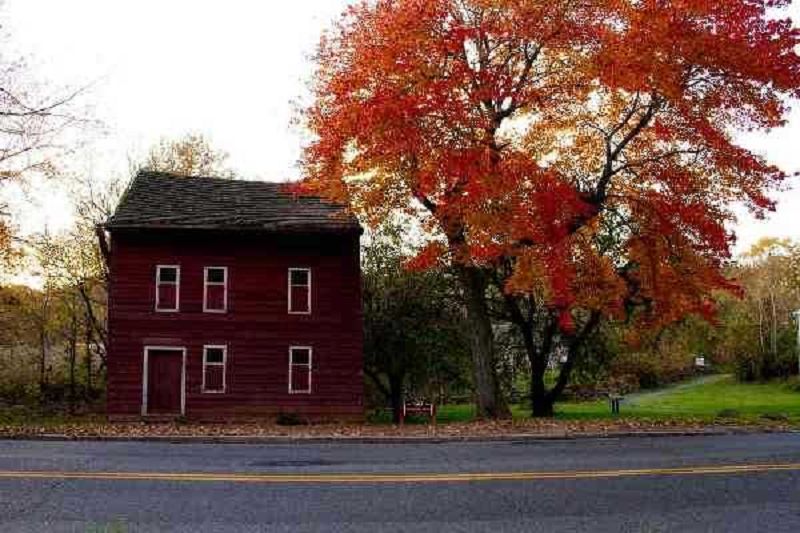
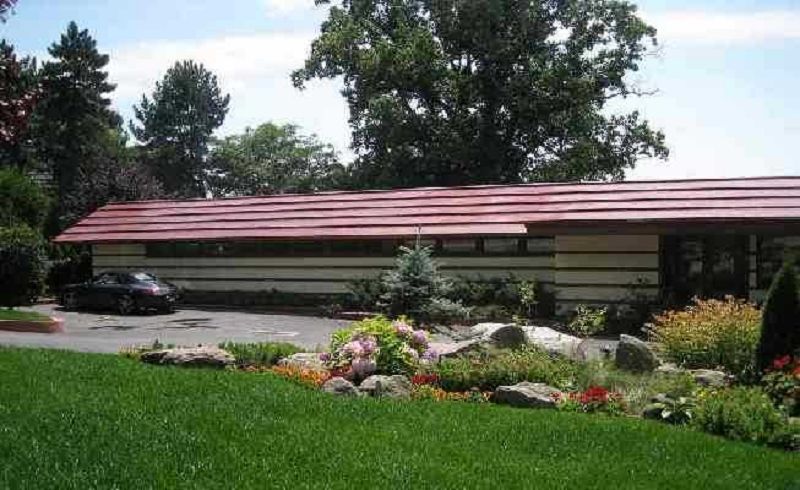
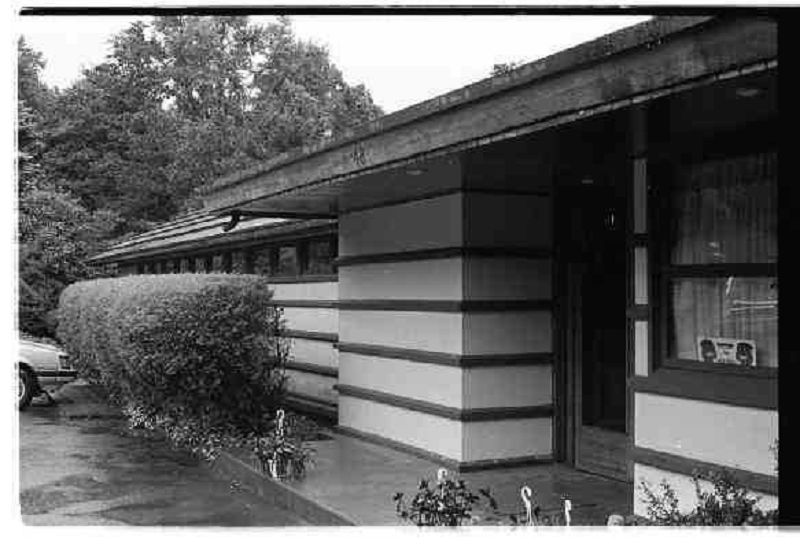
The Cass House, also known as The Crimson Beech, stands on Lighthouse Hill. Built for William and Catherine Cass in 1958-59, this prefabricated house, an example of Wright’s “Prefab No. 1” house design from 1956, was manufactured in Michigan and assembled under the supervision of Wright’s associate Morton H. Delson. Wright’s Erdman houses were a late-career effort to provide moderate-cost housing with a high level of design quality.
Image: LPC
The Cass House, also known as The Crimson Beech, stands on Lighthouse Hill. Built for William and Catherine Cass in 1958-59, this prefabricated house, an example of Wright’s “Prefab No. 1” house design from 1956, was manufactured in Michigan and assembled under the supervision of Wright’s associate Morton H. Delson. Wright’s Erdman houses were a late-career effort to provide moderate-cost housing with a high level of design quality.
Image: LPC
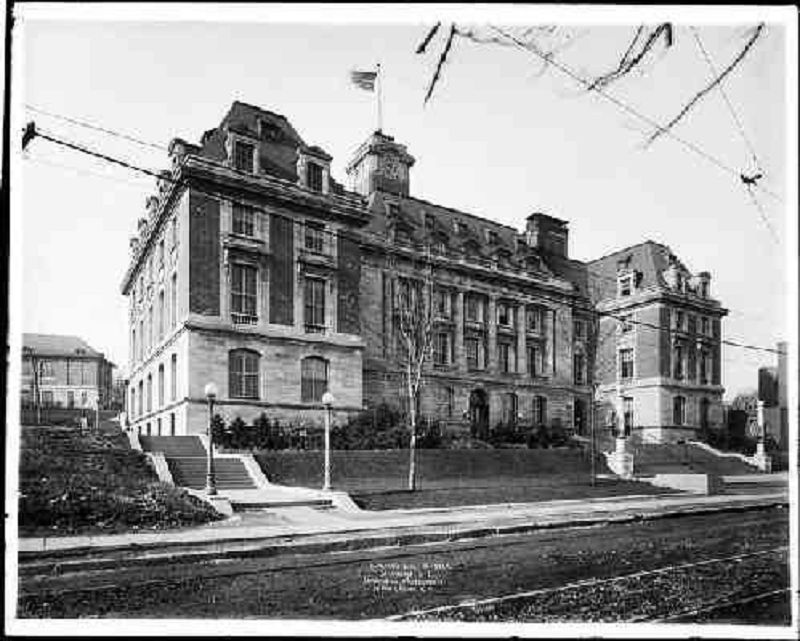
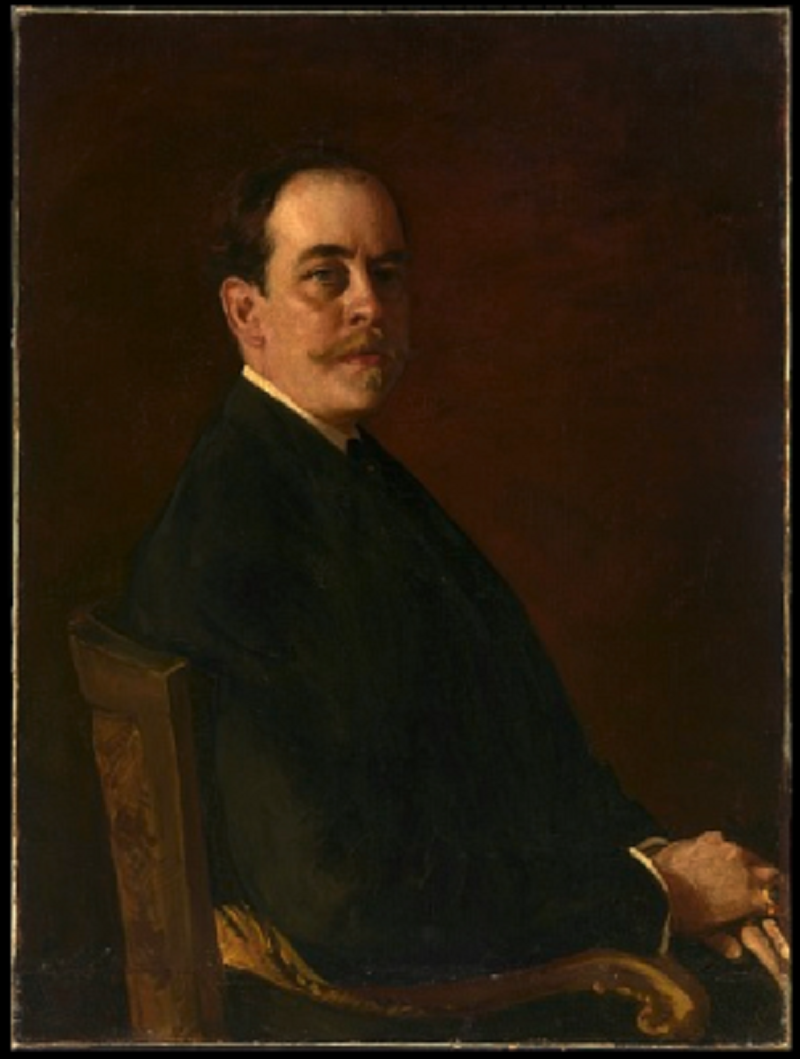
John Merven Carrère lived on Staten Island from 1886 to 1901. In partnership with Thomas Hastings, his prominent architectural firm designed Staten Island Borough Hall during 1904-06 and Richmond County Courthouse in 1913-19, as well as the Tottenville (1903-04) and Port Richmond branches (1904-05) of the New York Public Library, all New York City landmarks.
John Merven Carrère lived on Staten Island from 1886 to 1901. In partnership with Thomas Hastings, his prominent architectural firm designed Staten Island Borough Hall during 1904-06 and Richmond County Courthouse in 1913-19, as well as the Tottenville (1903-04) and Port Richmond branches (1904-05) of the New York Public Library, all New York City landmarks.
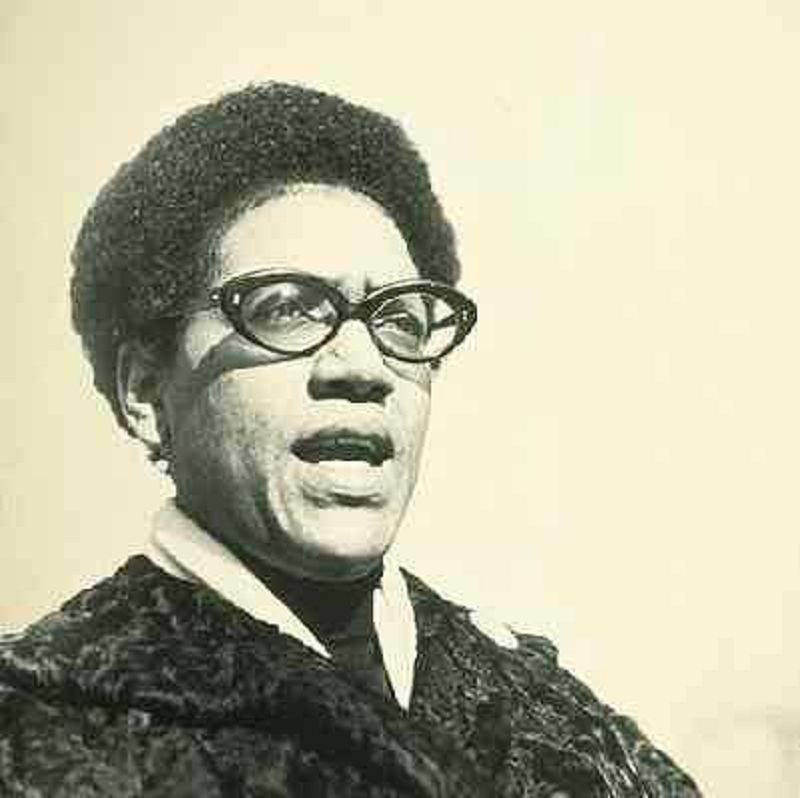
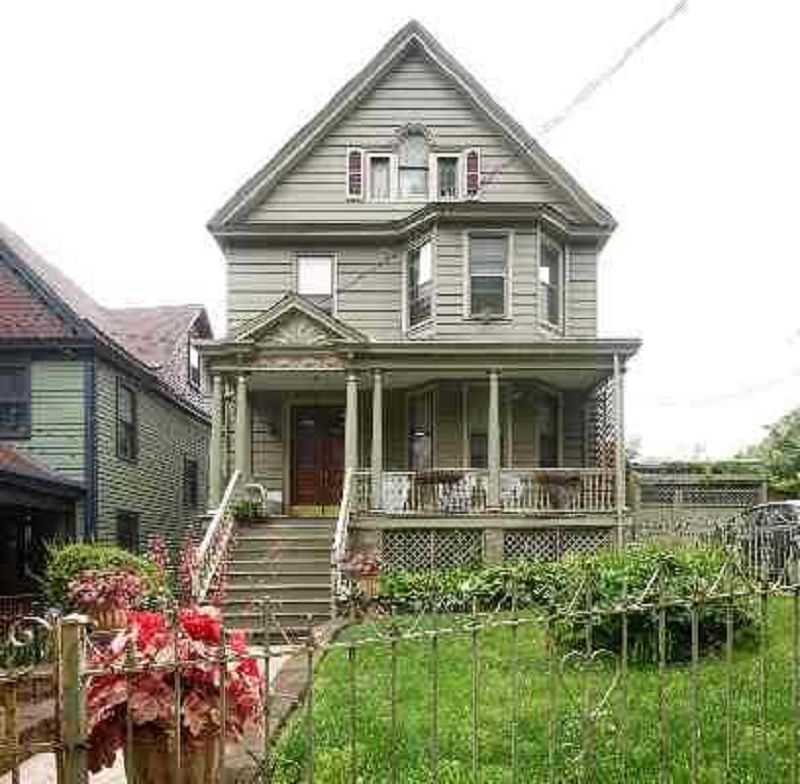
Audre Lorde lived with her family on St. Paul’s Avenue in the St. Paul’s Avenue - Stapleton Heights Historic District from 1972 to 1987. Her neo-Colonial style home was designated a New York City landmark in 2019 in recognition of her significant contributions to history and culture.
Audre Lorde lived with her family on St. Paul’s Avenue in the St. Paul’s Avenue - Stapleton Heights Historic District from 1972 to 1987. Her neo-Colonial style home was designated a New York City landmark in 2019 in recognition of her significant contributions to history and culture.
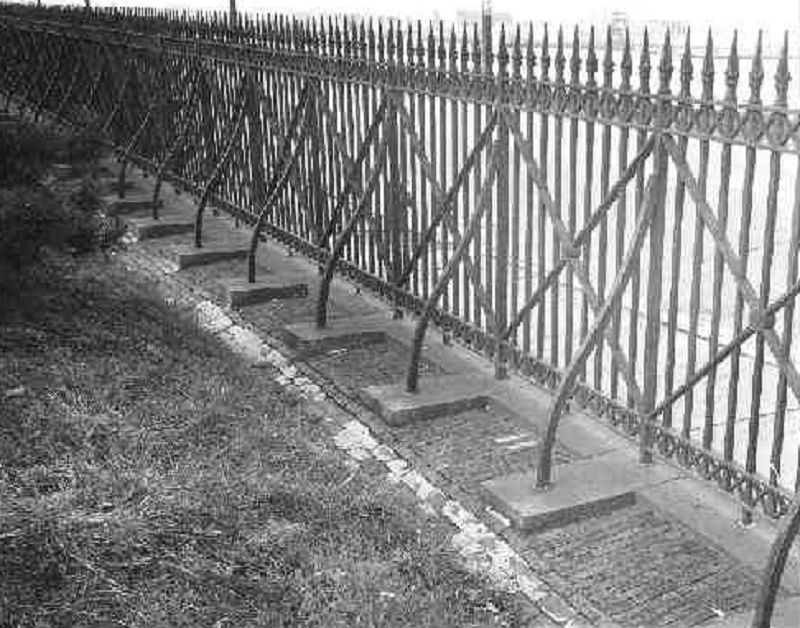

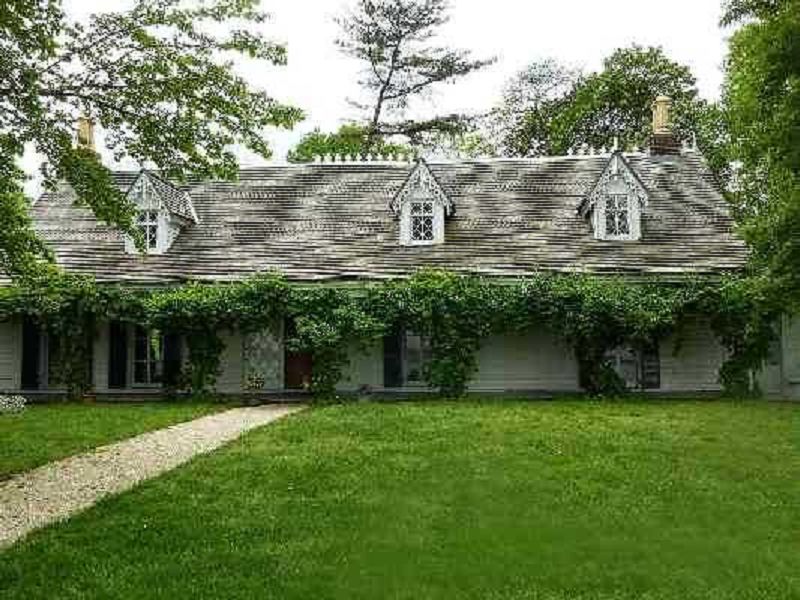
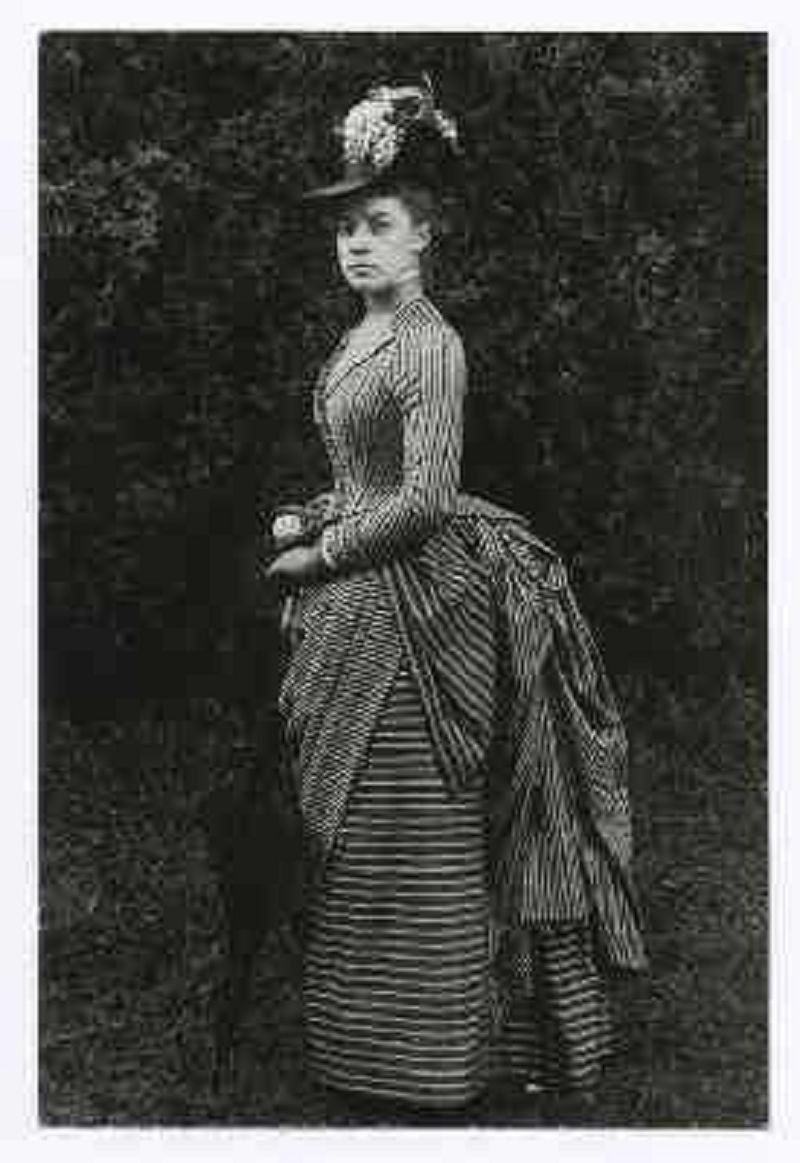
With unsurpassed views of the Narrows, the Alice Austen House in Rosebank was erected in the first half of the 18th century and later remodeled in the Gothic Revival style. Named by her grandfather “Clear Comfort,” she lived in this picturesque house for about eighty years, from 1867 to 1945. During her lifetime, she produced an estimated 8,000 photographs, including perceptive images of friends, family, and immigrant life. The house was designated a New York City landmark in 1969 and a National Historic Landmark in 1970. In 2017, its National Register listing was amended to recognize the house for its importance to LGBTQ history.
Learn more about the Alice Austen House here.
With unsurpassed views of the Narrows, the Alice Austen House in Rosebank was erected in the first half of the 18th century and later remodeled in the Gothic Revival style. Named by her grandfather “Clear Comfort,” she lived in this picturesque house for about eighty years, from 1867 to 1945. During her lifetime, she produced an estimated 8,000 photographs, including perceptive images of friends, family, and immigrant life. The house was designated a New York City landmark in 1969 and a National Historic Landmark in 1970. In 2017, its National Register listing was amended to recognize the house for its importance to LGBTQ history.
Learn more about the Alice Austen House here.
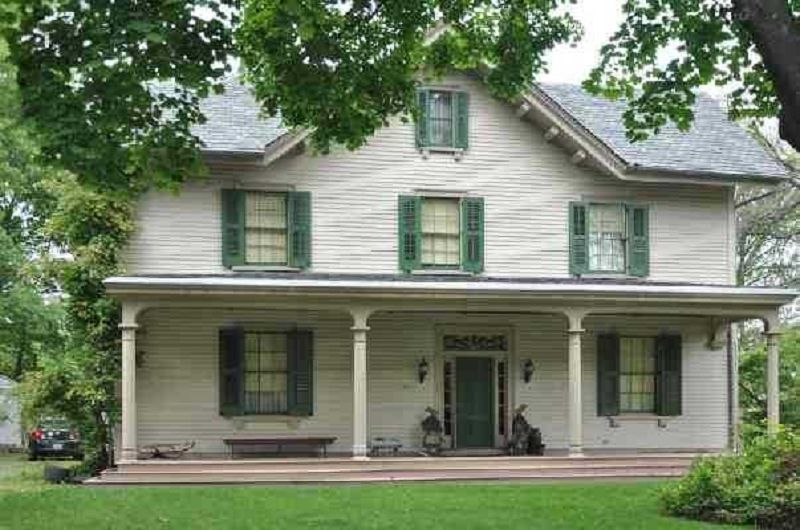

Born in Inverness, Scotland, Dr. Samuel MacKenzie Elliot built 22 cottages in the “Elliotville” area, now in West New Brighton, in the 1840s. His house at 69 Delafield Place was reportedly a stop on the Underground Railroad. Designated a New York City landmark in 1967, the large cellar was designed with a fireplace where meals may have been cooked for those seeking refuge. Notable reformists and abolitionists George William and Anna Curtis worked to address major political issues including slavery, women’s suffrage, civil service reform, and local issues.
Born in Inverness, Scotland, Dr. Samuel MacKenzie Elliot built 22 cottages in the “Elliotville” area, now in West New Brighton, in the 1840s. His house at 69 Delafield Place was reportedly a stop on the Underground Railroad. Designated a New York City landmark in 1967, the large cellar was designed with a fireplace where meals may have been cooked for those seeking refuge. Notable reformists and abolitionists George William and Anna Curtis worked to address major political issues including slavery, women’s suffrage, civil service reform, and local issues.


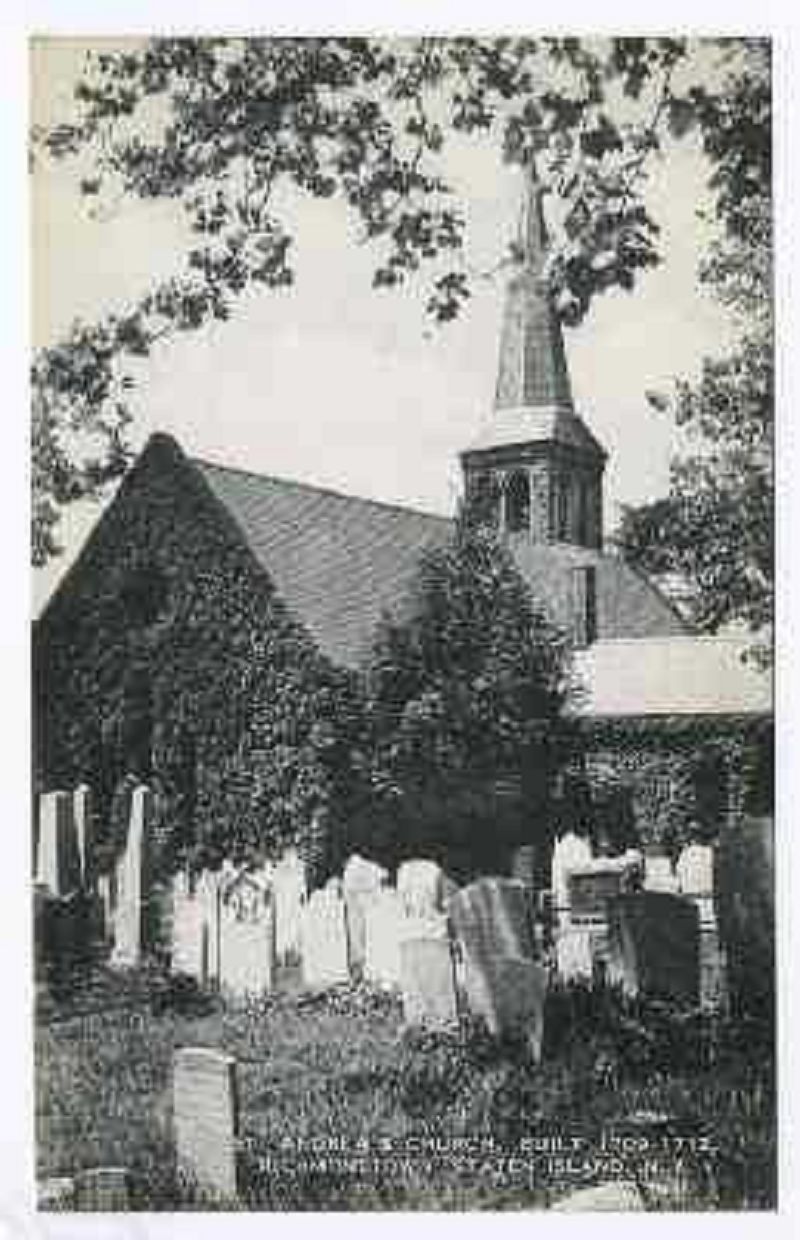

One of ten lighthouses on Staten Island or just off its shoreline, the Staten Island Lighthouse, a range lighthouse commissioned in 1912, sits atop Lighthouse Hill overlooking Historic Richmond Town. Before more advanced navigation systems were available to boat pilots, lighthouses provided an important tool for traversing the waters of New York and New Jersey. While navigation today is via GPS, lighthouses remain popular and are the beneficiaries of preservation efforts throughout the world.
One of ten lighthouses on Staten Island or just off its shoreline, the Staten Island Lighthouse, a range lighthouse commissioned in 1912, sits atop Lighthouse Hill overlooking Historic Richmond Town. Before more advanced navigation systems were available to boat pilots, lighthouses provided an important tool for traversing the waters of New York and New Jersey. While navigation today is via GPS, lighthouses remain popular and are the beneficiaries of preservation efforts throughout the world.

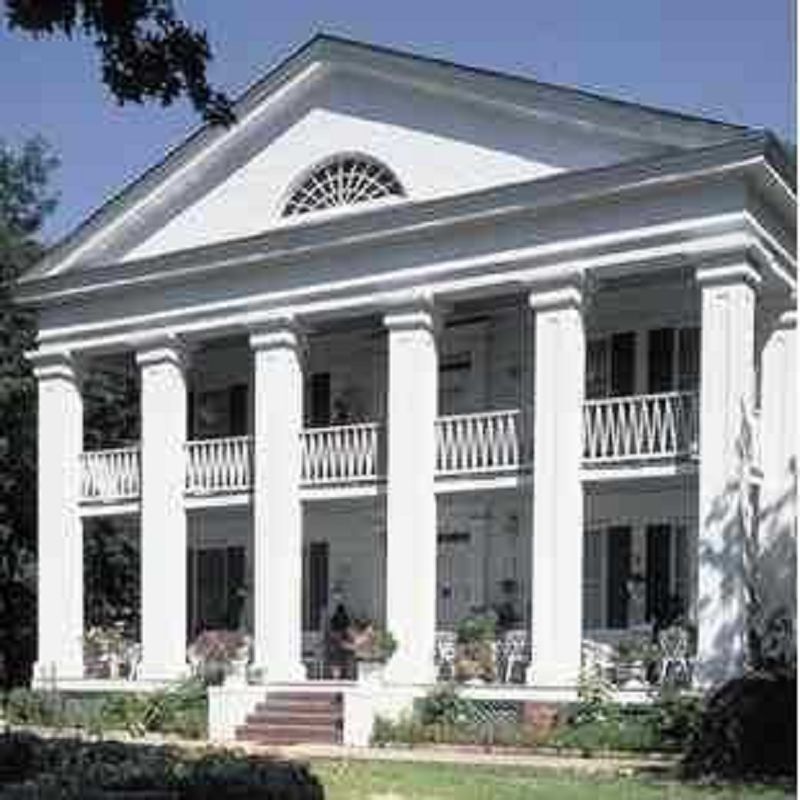
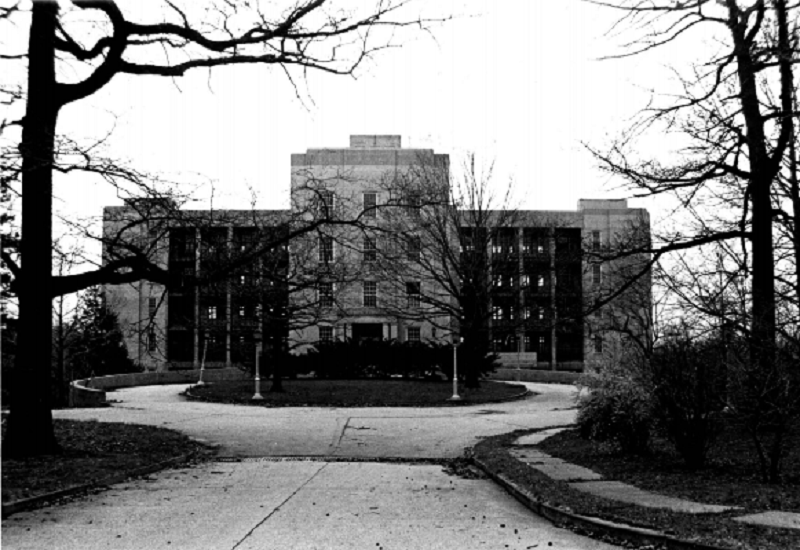
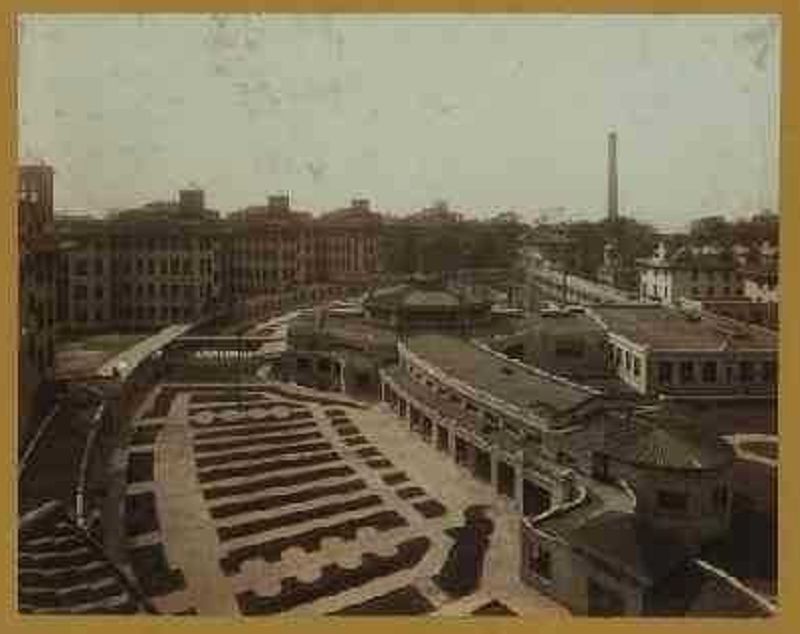
The Richmond County Poor Farm (known as the New York Farm Colony after Staten Island joined New York City) was established in 1829 as a refuge for the elderly, infirm and homeless. It merged with the Richmond County Isolation Hospital, later known as Seaview Hospital, in 1915. The New York Farm Colony – Seaview Hospital Historic District reflects the innovative architecture of NYC’s turn-of-the-century commitment to improving the quality of social and health care services, and the humane design of housing for its residents.
The Richmond County Poor Farm (known as the New York Farm Colony after Staten Island joined New York City) was established in 1829 as a refuge for the elderly, infirm and homeless. It merged with the Richmond County Isolation Hospital, later known as Seaview Hospital, in 1915. The New York Farm Colony – Seaview Hospital Historic District reflects the innovative architecture of NYC’s turn-of-the-century commitment to improving the quality of social and health care services, and the humane design of housing for its residents.

Staten Island was home to both enslaved and free people of African descent in the early 19th century. Attracted to the abundant and inexpensive acreage and favorable laws, many free blacks relocated from the Chesapeake Bay area and settled on the island. Two decades prior to the Civil War, Sandy Ground emerged as a thriving community for free African Americans there. Many of the residents worked in the oyster trade, owned their own property, built substantial houses and established successful businesses and institutions, chief among them the Rossville AME Zion Church.
Learn more about the abolitionist movement in New York City here.
Image: Oyster workers, 1894, Staten Island Historical Society, Alice Austen Collection via Mapping the African American Past
Staten Island was home to both enslaved and free people of African descent in the early 19th century. Attracted to the abundant and inexpensive acreage and favorable laws, many free blacks relocated from the Chesapeake Bay area and settled on the island. Two decades prior to the Civil War, Sandy Ground emerged as a thriving community for free African Americans there. Many of the residents worked in the oyster trade, owned their own property, built substantial houses and established successful businesses and institutions, chief among them the Rossville AME Zion Church.
Learn more about the abolitionist movement in New York City here.
Image: Oyster workers, 1894, Staten Island Historical Society, Alice Austen Collection via Mapping the African American Past

